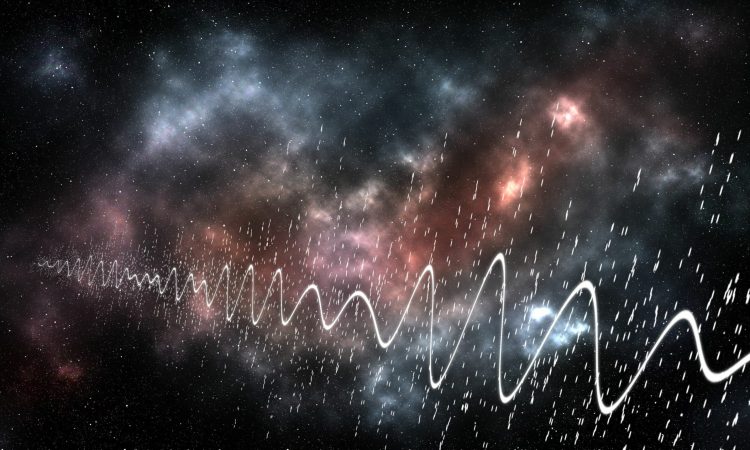
The source of a suspected extraterrestrial transmission may have been the result of an extremely rare cosmic event, a new study suggests.
One of astronomy’s greatest mysteries may have gotten even more interesting, according to new research that suggests the source of a mysterious signal that some have called an “alien transmission” may instead have been the result of an extremely rare cosmic event.
Now known as the “Wow signal!” after astronomer Jerry Ehman’s expression on a printed copy of the telescope’s data, the mysterious transmission was picked up by Ohio State University’s (USA) Big Ear radio telescope in August 1977 during a scan routine to detect .
That night, for 1 minute and 12 seconds, Big Ear recorded radio waves from near the constellation Sagittarius that were 30 times stronger than the background noise in outer space and were transmitted on a remarkably specific frequency of 1 420 megahertz.
Hydrogen, the most abundant element in the Universe, naturally emits radio waves at this frequency, which has led some astronomers to believe that aliens would naturally opt for this frequency to try to communicate with Earth, he writes.
According to Abel Méndez, planetary astrobiologist and director of the Planetary Habitability Laboratory at the University of Puerto Rico, the bizarre Wow! it might actually be a chance detection of an extremely intense flare that hit an interstellar cloud of hydrogen gas.
One of the greatest mysteries of astronomy
A dense, magnetic star known as a magnetar would be the only source capable of emitting such a powerful outburst that would have caused the cold hydrogen cloud to emit the radiation detected by Big Ear, Méndez and his colleagues say.
Méndez and his colleagues arrived at the new hypothesis after unexpectedly discovering the “Wow!” while researching archival data from the now defunct Arecibo Observatory.
The signals, which were all narrowband radio emissions near the 1,420 megahertz frequency, were recorded by Arecibo between February and May 2020 and each lasted between two and three minutes. The fact that there were several intriguing signals in just one hour of data from Arecibo suggests a natural origin, and hydrogen clouds, which are common in the universe and naturally emit radio waves at the same frequency, are the most likely source, they say the researchers.
The newly discovered signals were 50 to 100 times weaker than the original Wow! but that’s because they weren’t illuminated by a magnetar, according to Méndez.
“A beam of radiation from a very distant, as yet undiscovered magnetar would theoretically be strong enough to make the intervening hydrogen clouds glow,” Méndez said. The new study’s findings suggest that Big Ear was accidentally pointed toward such a hydrogen cloud flashed by the magnetar in 1977.
The most abundant element in the Universe
Astronomers not involved in the research generally agree that the new hypothesis is very interesting, but remain skeptical about the details.
Although such a bright, targeted emission of radio waves from hydrogen gas at the precise frequency of 1,420 megahertz is possible in theory, it has never been observed. In addition, critics say that for the new paper’s hypothesis to be true, several coincidences had to occur simultaneously, including the Great Ear’s gaze at the particular hydrogen cloud that happened to be bombarded by a magnetar, and the frequency of the emitted radiation had to match of the 1,420 megahertz never detected before.
“The narrowband characteristic of the Wow! suggests that human radio interference is the most likely explanation,” Yvette Cendes, a radio astronomer at the University of Oregon who was not involved in the new study, told Scientific American.
Future dives into the Arecibo archives by Méndez and his team may shed more light on the specifics of the new explanation. However, high-resolution maps of sectors of the sky that include hydrogen clouds. That task is well suited to the Very Large Array, a network of nearly 30 radio antennas in New Mexico that work in tandem as a single, kilometers-long telescope.

